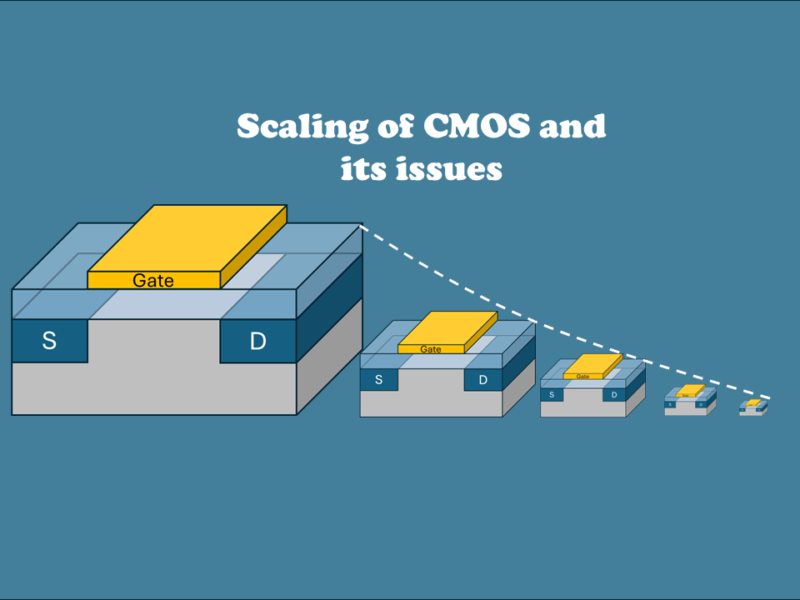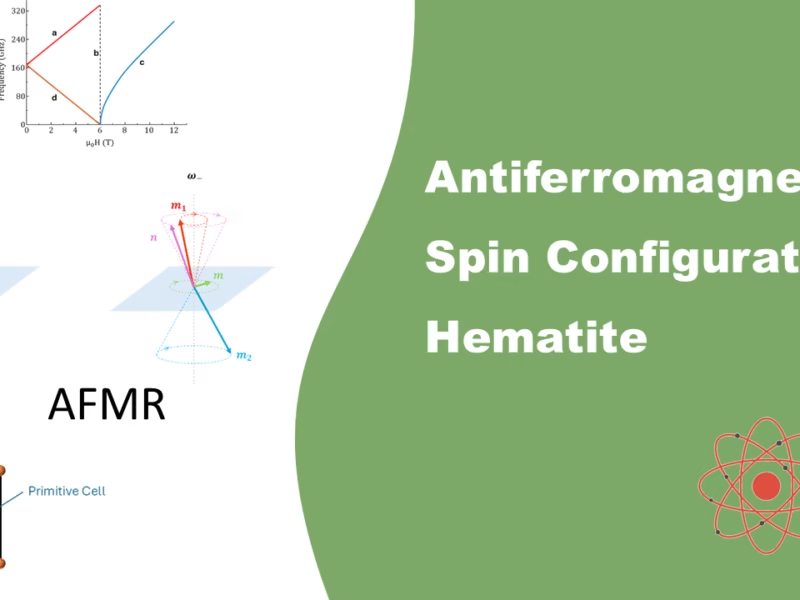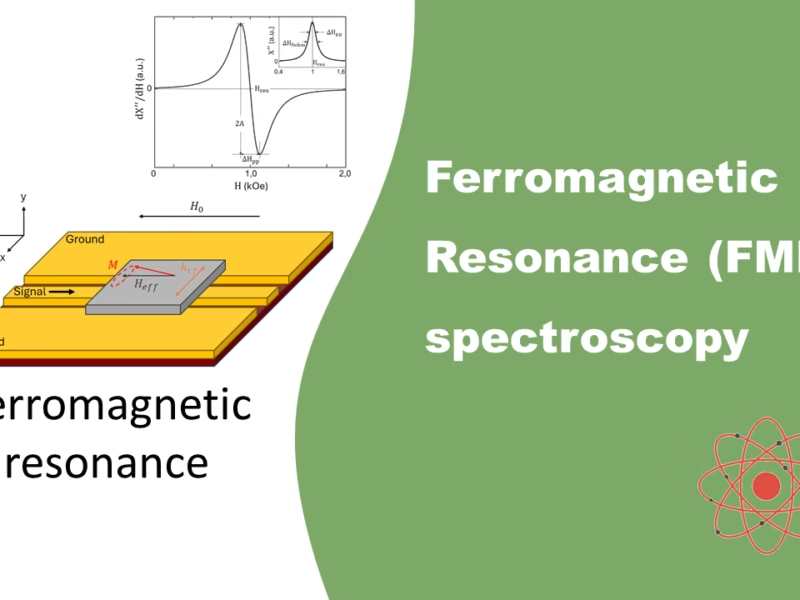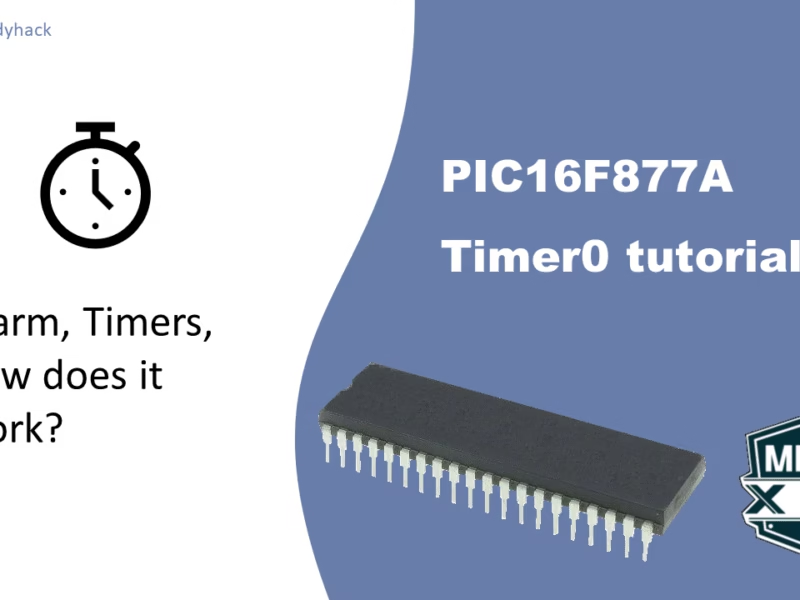The table of contents (ToC) is part of the series on how to write your dissertation. It is crucial for academic manuscripts like dissertations, theses, and research papers. It serves as a detailed roadmap and structured framework for your work, aiding in research presentations. While essays or reports may not require a TOC due to their brevity, it is indispensable for research papers, theses, dissertations, and Master’s projects. Typically, it spans about 2-3 pages and is positioned between the abstract and introduction chapter.
1. Types of ToC
The question is, how to choose what kind of table of contents you need for your dissertation. This mainly depends on your university’s guidelines and the length of your manuscript. There are some academic writing styles, such as APA paper format and MLA style. However, here we go over the most common versions:
- Single-level ToC
In this format, we utilize the main headers of your dissertation, encompassing all the chapters from the introduction to the appendices. This approach is commonly employed for shorter documents, but it may lack the necessary level of detail for larger works that require a more comprehensive exploration.
- Subdivided ToC
This is the most used format, as it includes both the main headers, but also the first sub-header (level 2). The reader will be able to see what to expect in more detail.
- Multi-level ToC
This format includes the headers (level 1), sub-headers (level 2), and all level 3 sub-headers. This might be ideal when creating a skeleton manuscript, when you are planning to see what you will include in the chapters. Most often, the level 3 header will be deleted, as the length of the ToC increases beyond what is acceptable.
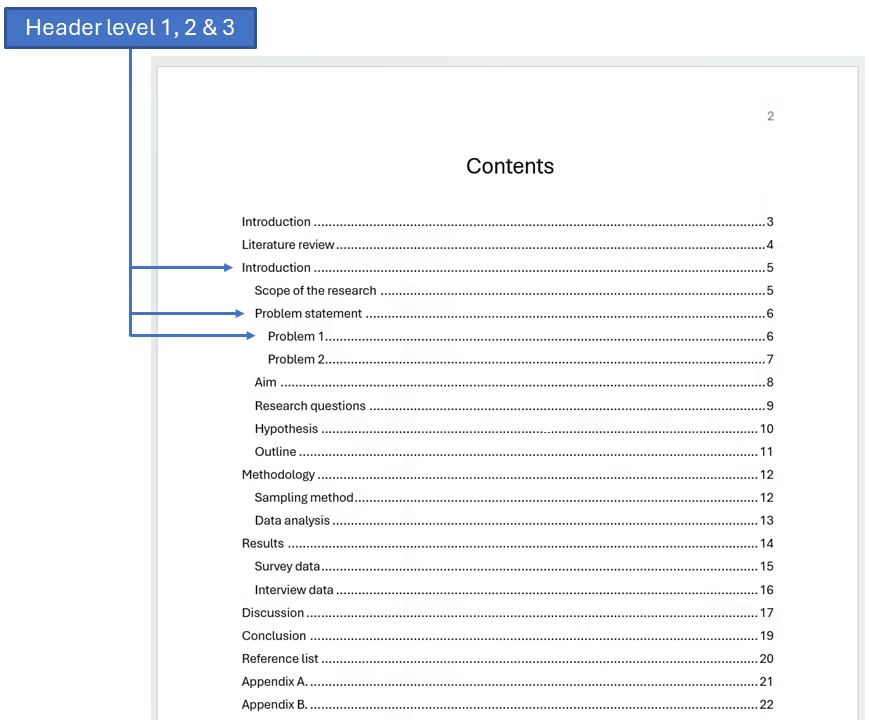
2. What to include?
Depending on the format you choose, the table of contents should have all the chapters and the sub-headers. Furthermore, in some cases your university allows for the inclusion of the different lists (e.g. list of figures or abbreviations). These can be included, but note that any pages before the introduction are numbered with Roman numerals.
The table of content should at least include all the chapters, as described above, with the lists being optional, and depending on your particular university (do not use if you don’t have to).
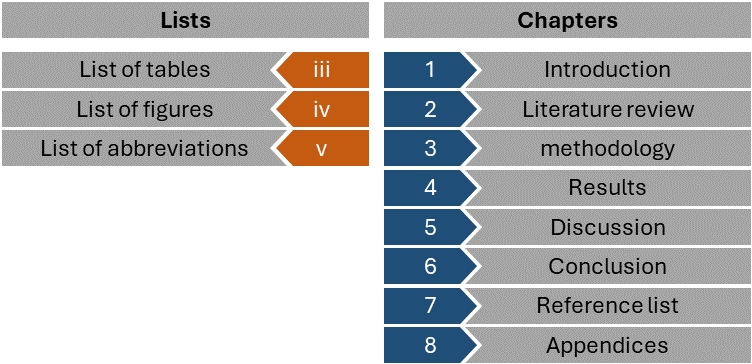
Any data set, additional figures, or tables that may not be included in the result section should be placed here. Each appendix should be sequentially numbered using letters, starting with “A” and continuing in alphabetical order.
Appendix A. t-test data ……………………………………………….89
Appendix B. SPSS data………………………………………………95
3. How to create TOC in Word
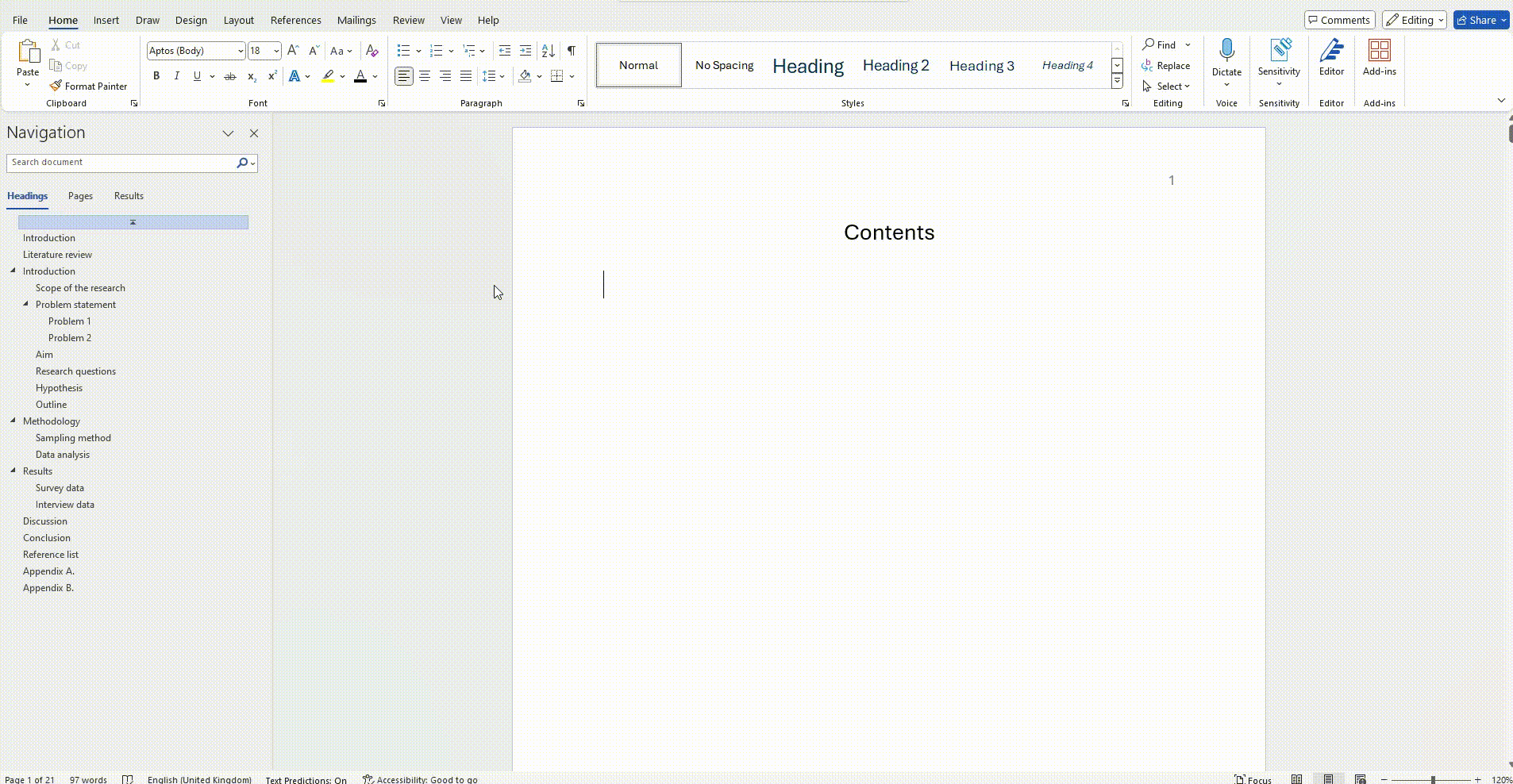
Dissertation menu
- Dissertation Title Page | Tips & Examples
- Dissertation Preface / Acknowledgements | Tips & Examples
- Dissertation Abstract | Tips and Examples
- Dissertation Table of Content | Tips and Example
- Dissertation Figure and Table List | Tips and Examples
- Dissertation List of Abbreviations | Tips and Example
- Dissertation Introduction | Tips and examples
- Dissertation Literature Review | Tips and Example
- Dissertation methodology | Tips and Example
- Dissertation Research Results | Tips and Example
- Dissertation Discussion | Tips and Example
- Dissertation Conclusion | Tips and Example
- References & Citations
- Dissertation Appendix | Tips and Example






